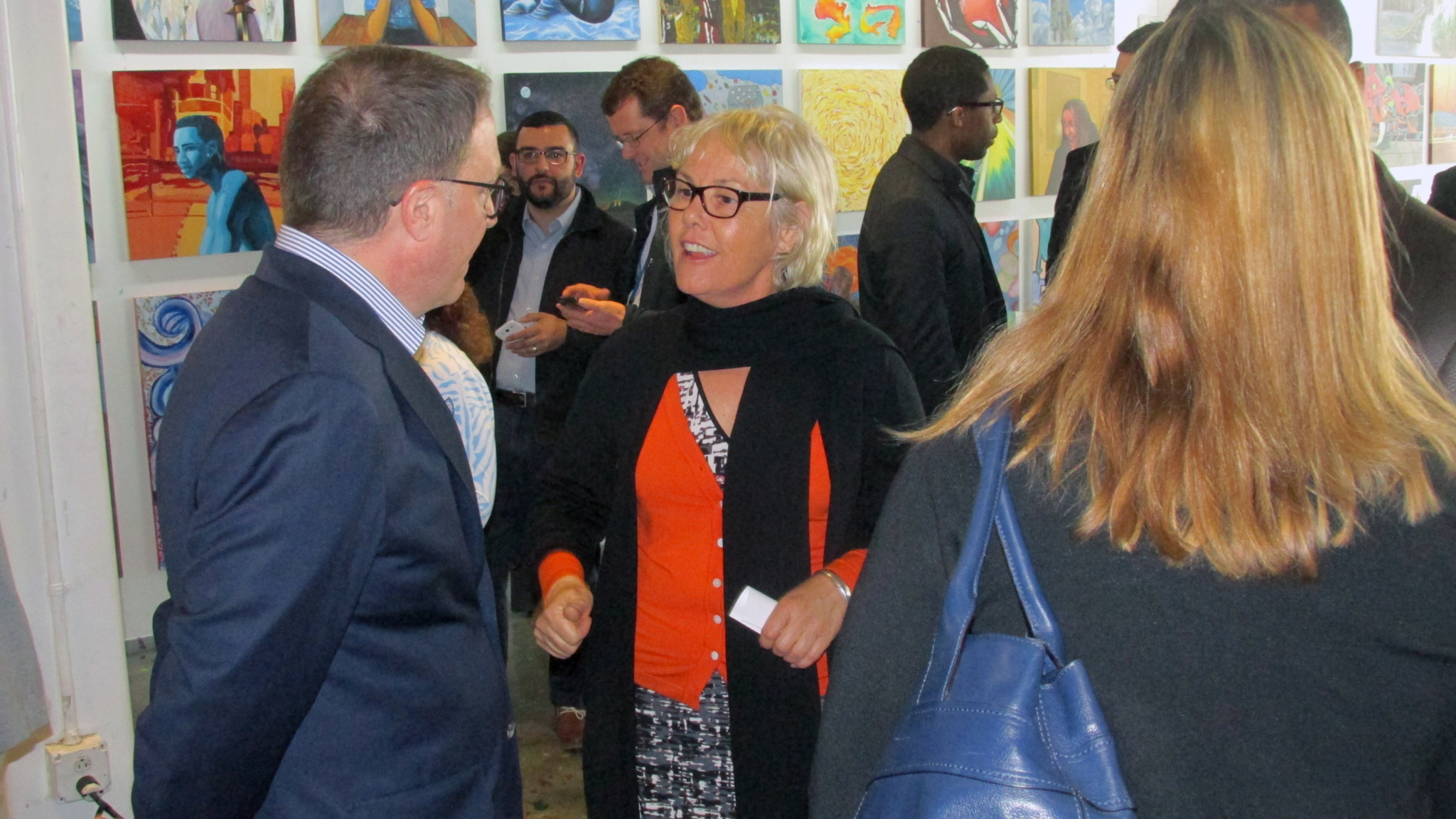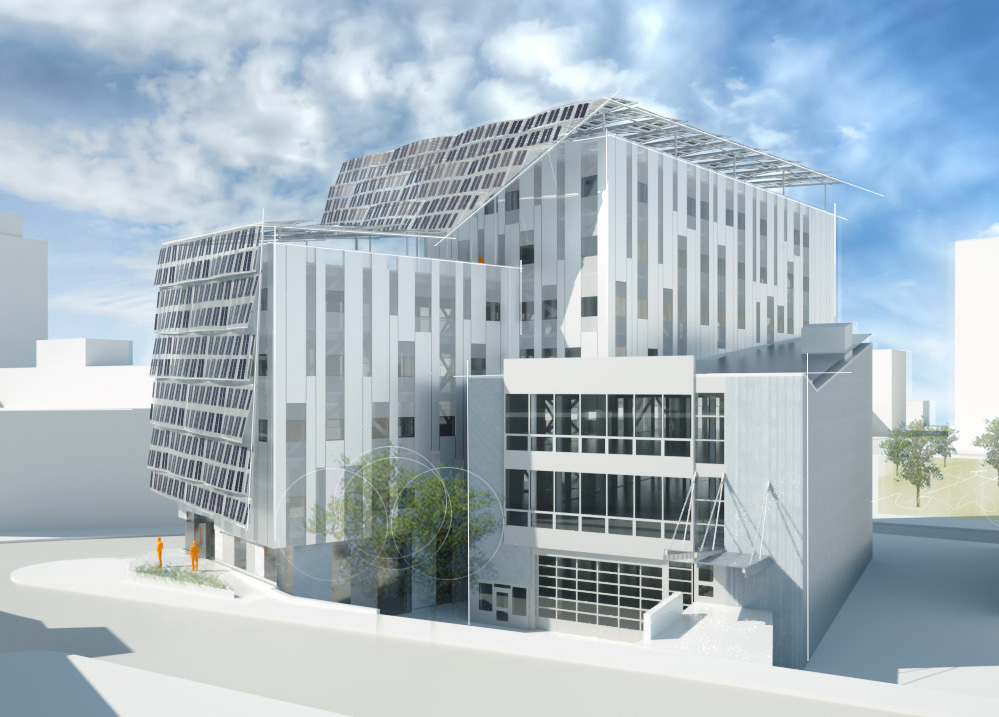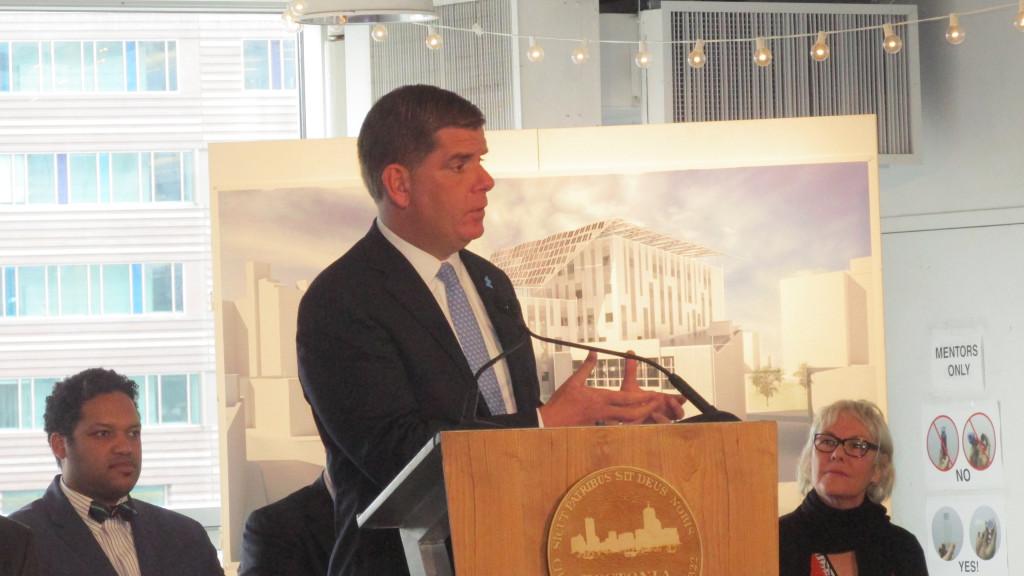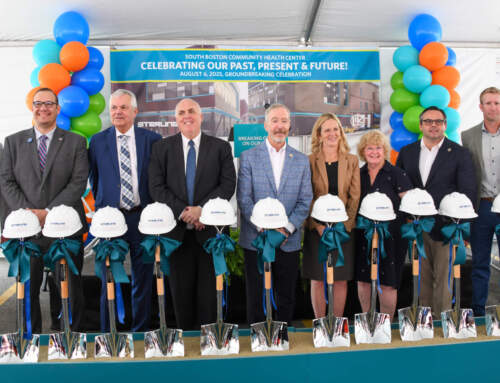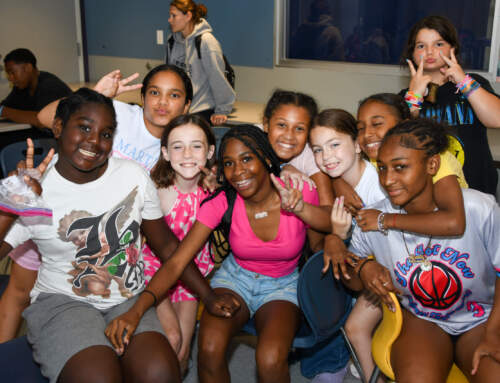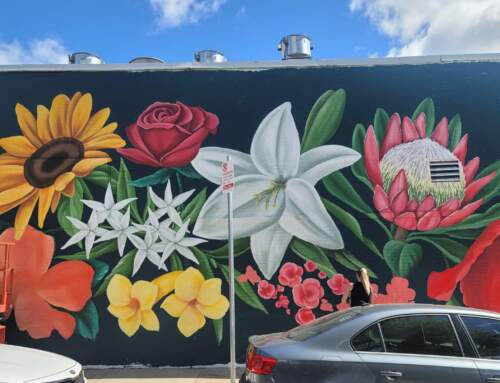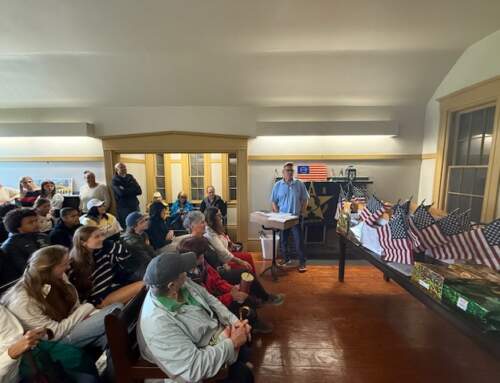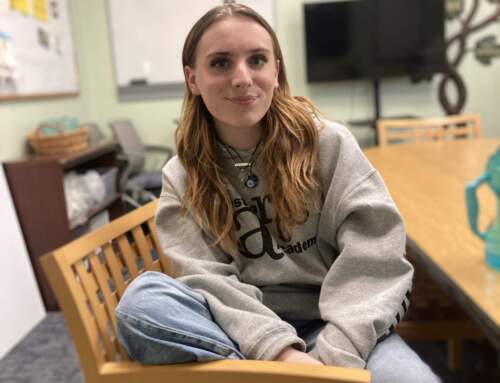The Artists for Humanity’s EpiCenter will expand by more than twice its current size in less than two years, the South Boston center, city officials and private business leaders announced Monday morning.
The reception to announce the expanded EpiCenter Building on A and Second Streets was a joyful celebration. Susan Rodgerson, the founder and executive/artistic director of Artists for Humanity, was the hostess. The expansion is expected to start with groundbreaking this fall; completion is slated for the end of 2017.
The South Boston organization “is a national leader in youth arts enterprise whose mission is to bridge economic, racial, and social divisions by providing under-resourced urban youth with the keys to self-sufficiency through paid employment in art and design,” a press release from the mayor’s office stated.
There were perhaps 100 guests at the reception Monday. The panel for the formal announcement program included the EpiCenter expansion’s project sponsors: Liberty Mutual Insurance Chairman and CEO David H. Long, Cabot Corporation CEO Sean Keohane, and Vice President of Global Gillette Business at Procter & Gamble John Mang.
Mayor Martin J. Walsh led off the program. He narrated a brief backstory of Artists for Humanity, including references to its beginning in a made-over Fort Point loft a generation back, followed by the construction of the existing EpiCenter Building with its LEED Platinum certification.
Artists for Humanity, the organization says on its website, was the city’s first Platinum LEED-certified facility, explaining that this is “the highest designation for energy sustainable buildings.”
Walsh also described the work with Boston teenage students done by Artists for Humanity, and then concluded his remarks on an upbeat note by stating, “I am so happy for Susan Rodgerson and for everyone here.”
According to a press release from the mayor’s office, “Artists For Humanity is the largest onsite employer of teens in Boston and demand for services has exceeded its current space.”
A few figures about Artists for Humanity and its expansion tell an impressive story: 100 percent of Artists for Humanity members graduate from high school; 95 percent of them go on to some kind of post-graduate work. The EpiCenter Building expansion proposes an added 52,000 square feet, which will each year give hundreds more of Boston’s high schoolers the skills and opportunities they need in the 21st century.
The expansion, according to the press release, will “help Boston meet the City’s dual objectives of providing living wage jobs for urban youth and filling business demand for skilled workers.”
There are many more stories to be told about Artists for Humanity. For now, just consider how effectively they communicate those three key 21st century messages of creativity, technology and environmental concern to Boston’s teenaged students. And look for other EpiCenter articles to come in South Boston Online about topics pertinent to 2016-2017, such as STEM, aerogel, art-makers, L.E.E.D.S., and many more.

